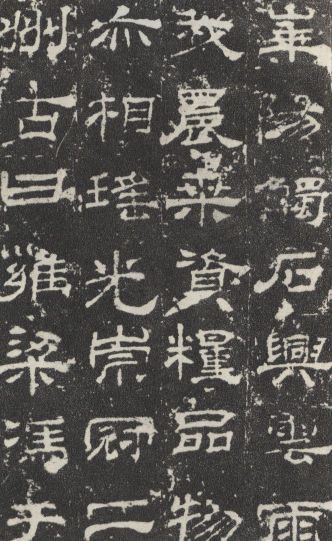Search
Main Styles of Chinese Calligraphy
Famous Chinese Calligraphers
Chinese Culture >> Chinese Society, Traditions >> Chinese Calligraphy
Clerical Script
The Clerical Script (often simply termed lìshū; and sometimes called Official, Draft or Scribal Script) developed from the Seal Script. In general, characters are often "flat" in appearance, being wider than they are tall. The strokes may appear curvy, and often start thin and end thick. Most noticeable is the dramatically flared tail of one dominant horizontal or downward-diagonal stroke, especially that to the lower right. This characteristic stroke has famously been called 'silkworm head and wild goose tail' (蠶頭雁尾 cántóu yànwěi)in Chinese due to its distinctive shape.

The archaic Clerical Script of the Chinese Warring States period to Qin Dynasty and early Han Dynasty can often be difficult to read for a modern East Asian person, but the mature Clerical Script of the middle to late Han dynasty is generally legible. Modern works in the Clerical Script tend to use the mature, late Hàn style, and may also use modernized character structures, resulting in a form as transparent and legible as Regular (or standard) Script. The Clerical Script remains common as a typeface used for decorative purposes (for example, in displays), but it is not commonly written.
Special Advertisement
